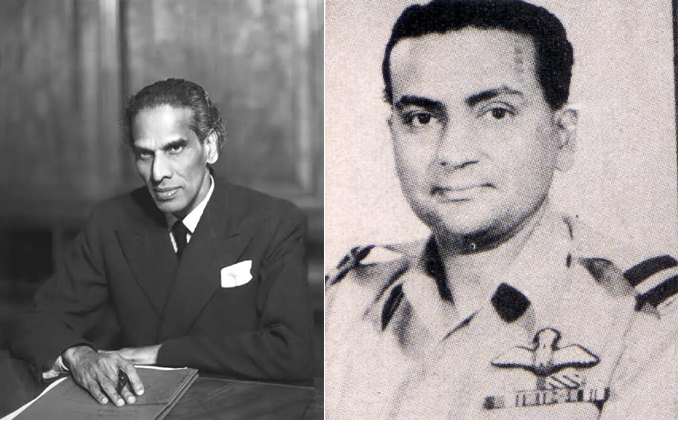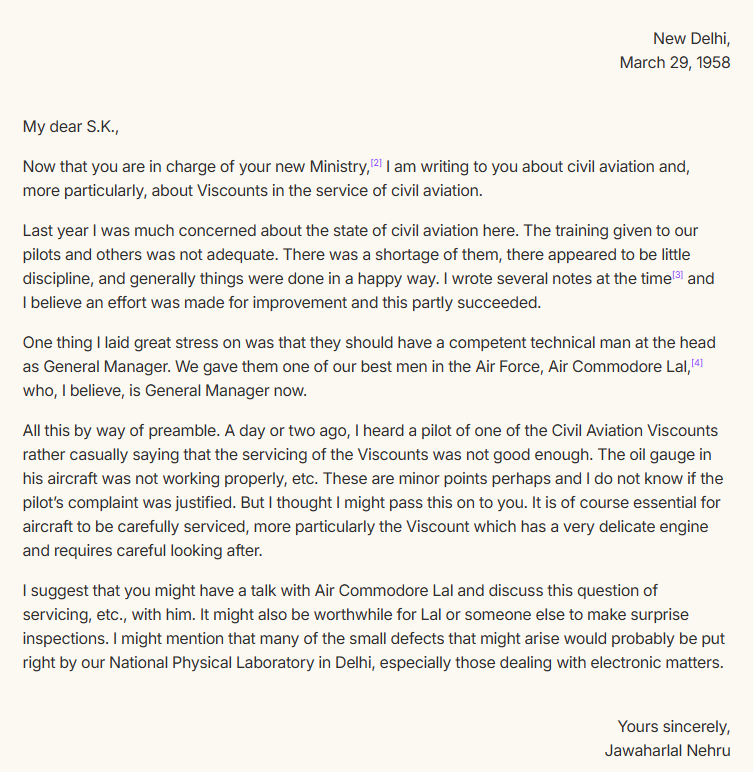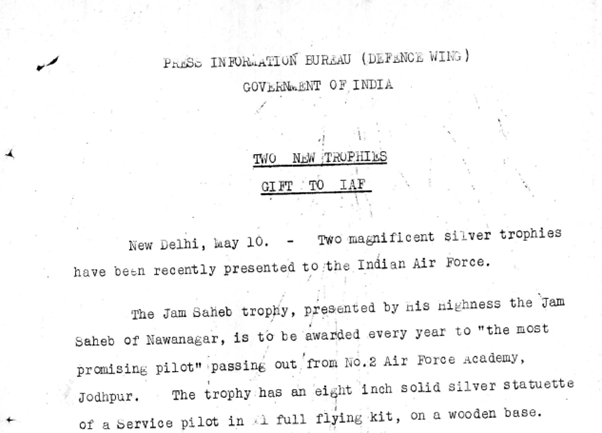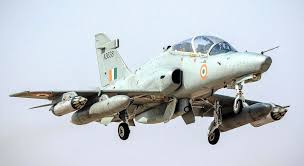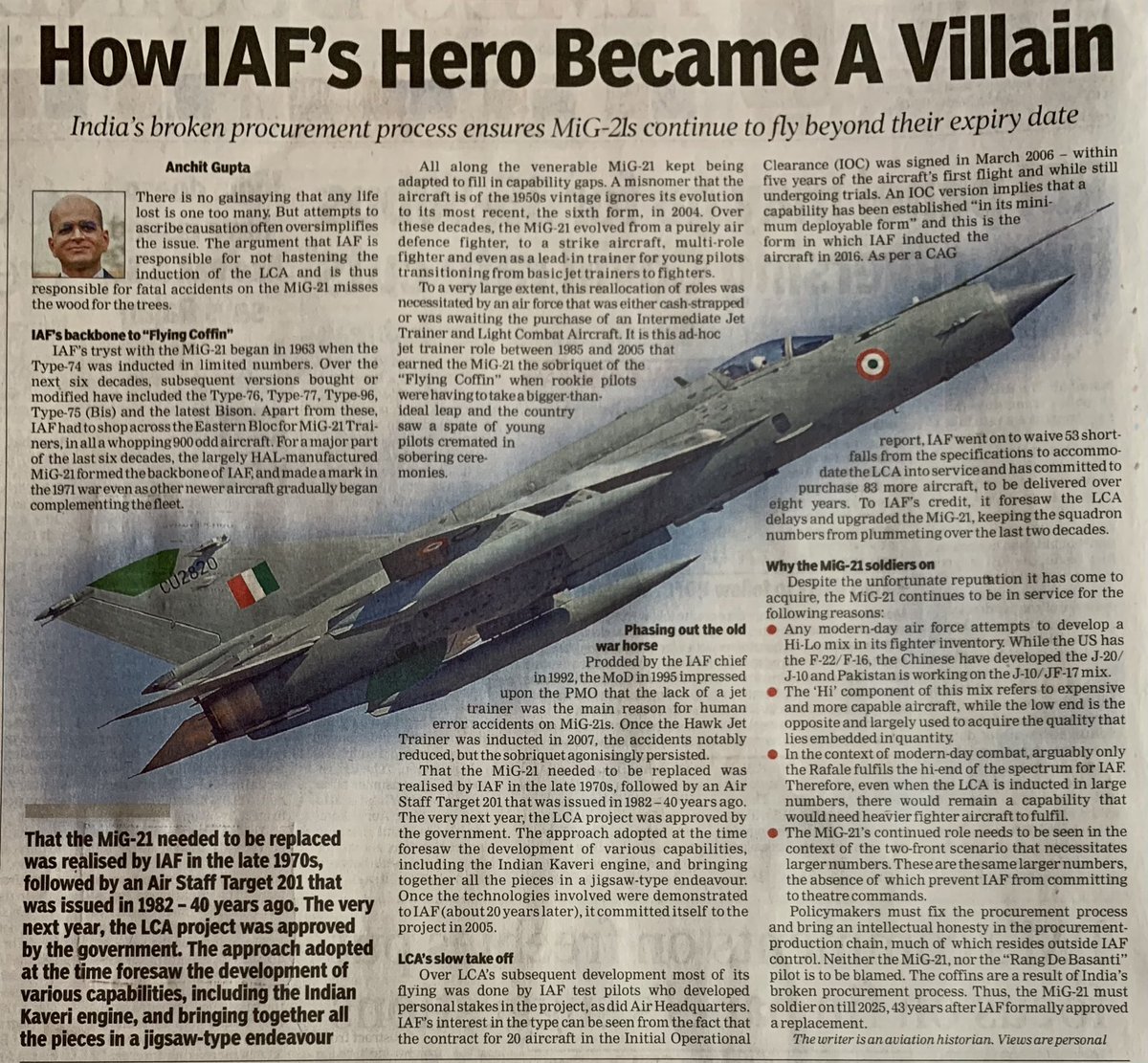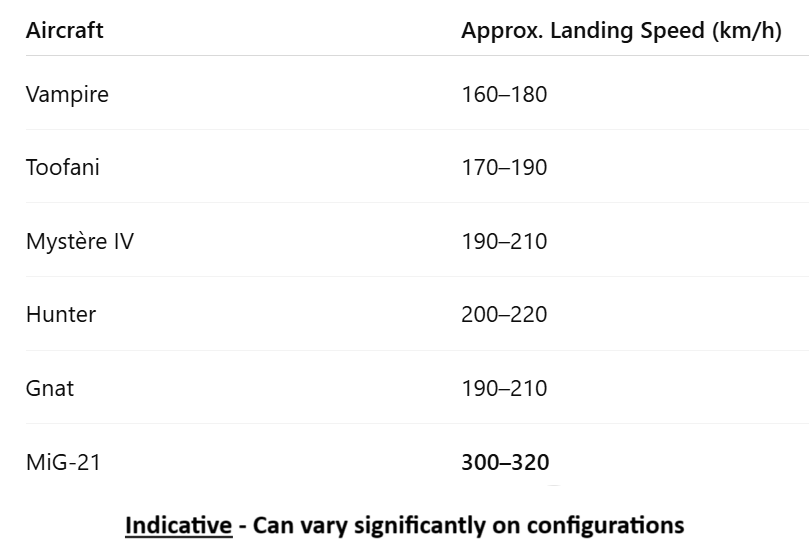MiG-21 (Fishbed, Vikram, Trishul, Bison, Mongol) and the innumerable variants in @IAF_MCC 's long service history have consistently been a conundrum for enthusiasts. This thread attempts an (over)simplified evolution of the MiG-21 types in IAF service. #IAFHistory #MiG21 (1/27) 

MiG-21F-13 Type-74 Fishbed-C was the first in IAF. 6 of these were acquired in Mar 1963 & served till 1968. F= Forsirovannyy ("Uprated") and 13 denotes the K-13 Air-to-Air Missiles it carried. They carried the serial numbers BC-816 to BC-821. (2/27) 

Powered by the R-11 engine, pitot tube was below the engine intake,unlike subsequent types, where it was on top.The armament was the K-13 missile & one 30mm cannon. Designed for intercepts, its short endurance, lack of radar & poor single shot kill probability was a problem(3/27) 

In March 65, IAF got the PF variant. Perekhvatchik ("Interceptor"), F = Forsirovannyy ("Uprated"), Type 76, Fished – D. 6 of these were acquired with serial numbers from BC-822 to BC-827. It had a R-11F2-300 engine for better endurance & R1L Search Radar (First ever) (4/27) 

These changes came with a flaw – it had to give up its cannons & rely only on missiles. Blooded during the 1965 war, the lack of a cannon would bite. Read this story of a missed Sabre kill - tinyurl.com/5ckwb2hj .The first time a MiG-21 had fired a missile in anger(5/27) 

Few T-76 were upgraded with R2L radar & R-11F2S-300 engine. This was to bring them in line with T-77 that was to become the main variant in service. Ac kept their original serials but the prefix 'BC' was changed to 'C'.28 & 29 Sqn were the only ones to operate T-74 & T-76.(6/27) 

Lack of an integral cannon was in synch with the gun vs missile debate of the times. Variants of the F-4 indicate the progress. Suffices to say that the gun continues to feature in all modern fighter ac. (7/27)
In 1966, IAF took the first big step when it contracted for the MiG-21 FL, Type -77 variant. FL denoting forsazh-lokator meaning Afterburner & Radar. 38 a/c manufactured in the USSR and another 197 were manufactured by HAL between 1966-73. (8/27) 

Type 77 improved on the Type 76 - a new R2L Radar, IFF antenna, Radar warning & larger fuel capacity. An attachable gunpack GP-9 consisting of a twin barrel 23 mm GSh gun on the center point. Type-77 was the first usable variant for IAF and boy did the IAF use it!(9/27) 

Type 77 had a Pitot tube dead center, big antenna on the dorsal spine & spine thins off in the middle to tail. Early examples carried the fuselage roundel aft of the wing - on the rear fuselage. Later it was moved to the front fuselage just below the cockpit. (10/27) 

Type-77 also heralded the era of using the MiG-21 for Air-to-Ground role. 500 kg Bombs were delivered at Tilpat range in 1967. For the bombing role in 1971 war, they earned the nickname “RUNWAY BUSTERS”. (11/27) 

The canopy up until the Type-77 opens on a hinge on the front of the canopy. When ejecting, the seat connects with the canopy making a capsule to enclose the pilot and protect him from the airflow, after which it would separate, and the pilot would parachute down. (12/27) 

Type-77 initially had 2 hardpoints under the wing for AAMs and 1 centerline for the drop tank/GP-9 gunpod. Sometime in 80s, it was modified to have 4 wing hardpoints for AAMs/Bombs. This greatly enhanced usability. (13/27) 

Type-77 would serve the IAF for 47 years across 11 combat Sqns, the longest of any variants, ruling the eastern skies & was extensively used in type trg post 1986. It was also the first instance of mass production by HAL. (14/27) 

High-altitude combats were rare & mid/low altitude capability was critical. The MiG-21M/MF (Modernizirovannyy ("Modernised" F = Forsirovannyy ("Uprated")) Type-96 Fishbed-J was IAF’s latest addition in 1973. Some directly purchased and rest HAL Mfged, in all 198.(15/27) 

36 examples made in USSR came with the R-13 engine & had a built-in GSh-23L cannon instead of a cannon pod freeing up the centre pylon for a droptank. However, the HAL Mfged T-96s had the modified R-11 (from the T-77). Overall -more fuel, better performance and avionics. (16/27) 

Type-96 was also called Type-88 in HAL lingo. It had a zero-speed, zero-altitude ejection seat(old capsule canopy was gone), Gyro gunsight & 4 wing pylons that could carry droptanks (with better engine). It would serve 45+ years & also be used in Fighter-Recce/ EW role (17/27) 

Visually T-96 had sideways opening clamshell canopy & Pitot tube on right side of the nose. Dorsal spine had short distinct line at base of tail & drop tanks on the wing pylons. AoA vane on left side of nose as another visual indicator though later retrofitted to T77 also.(18/27) 

A saddle tank spoilt the beautiful area ruling & the T-96 could not match the supersonic perf of T-77. In 2001, HAL mfgd T-96 were retrofitted with R-13 engines(ex-Romania), significantly improving life/ efficiency & enabling the T-96 to continue with type trg for longer.(19/27) 

In 1975, IAF acquired the MiG-21bis, Type -75, Fishbed-N variant. Key improvement was the R-25 engine, better avionics, gun-sight & blind flying instrumentation. 70 acquired in flyaway condition and 220 were produced by HAL between 78-85. The last MiG-21 mfged by HAL (20/27) 

Visually to differentiate a T-96 from a Type-75 – Fatter spine ending further aft for T-75. A subtle difference between the bis and Type-96 is the larger air intake lip on the former while it is slightly more tapered in the latter. (21/27) 

Lastly in 2001, IAF upgraded the bis to bison (not a new a/c purchase) for BVR missiles, KAB-500 TV bombs, ECM, RWR, cleaner and larger view cockpit & Helmet Mounted Sighting System. The aircraft carried serial numbers “CU” in place of “C”. (22/27) 

bison vs T-75 visual diff includes bulged canopy & single piece windshield, no vanes on pitot, RWR and ILS antennae on vertical fin, grey radome vs green on all previous variants, and wing root fairings for CMDS and avionics. (23/27)
Every fleet needs a trainer. The MiG-21U/UM/US Mongol (Type 66-400 /66-600/ 68 / 69) is a two seat trainer version with cockpits arranged in tandem. Over a 100 were acquired from USSR and Eastern European countries, none were mfged by HAL. (24/27) 

Trainer has larger main wheels, no cannon armament. Has a broader-chord vertical tail surfaces with a deeper dorsal spine and no dorsal fin fillet. It also sports an IAF roundel both fore and aft of the wing. Trainers are a thread in themselves given the variations!(25/27) 

With nearly 850 a/c operated by IAF across 4.5 generations and multitude of variants, you are not alone in being confused with the variants. Attached image is a simple guide to be able to visually identify the type when you see an Indian Fishbed! (26/27) 

Disclaimer: This is not intended to be ultra-granular. Additional details always welcome. If by the end of the thread, you know the chronology of the variants and can identify the types visually – mission was a success! (27/27)
• • •
Missing some Tweet in this thread? You can try to
force a refresh


